Digital Odometer Display Not Working (How to Solved 2024)
If your digital odometer display is not working, first check the fuse related to the instrument cluster. If the fuse is fine, it may be a faulty display unit or a wiring issue.
Digital Odometer Display Not Working: Causes and Fixes
The digital odometer display may stop working due to several reasons.
1. Burnt or Broken Digital Display Solders Joints
If the digital odometer display is not working due to burnt or broken solder joints, you will need to open up the instrument cluster. Inspect the circuit board and look for any visibly damaged solder joints. Using a soldering iron, carefully reflow the solder on the affected joints to reestablish the electrical connections. Be cautious not to overheat or damage nearby components.
2. Dead Digital Display
If the digital odometer display is completely dead, there are a few potential causes and fixes to consider.
First, check the fuse related to the instrument cluster. If the fuse is blown, replace it with a new one of the same rating.
If the fuse is fine, the issue may lie with the display unit itself. In this case, it’s best to consult a professional mechanic or contact the vehicle manufacturer for guidance. They will likely recommend replacing the display unit or performing further diagnostics to identify and resolve the problem.
3. Faulty Instrument Cluster
If the digital odometer display is not working due to a faulty instrument cluster, the best course of action is to have it inspected and repaired by a professional mechanic or a specialized instrument cluster repair service.
The instrument cluster houses various components, including the digital display, gauges, and control modules. If the cluster itself is malfunctioning, it may require internal repairs or even a complete replacement.
Attempting to fix a faulty instrument cluster on your own can be complex and may lead to further issues or damage. It is recommended to entrust this task to experts who have the knowledge and experience to diagnose and rectify the problem effectively.
How Do I Get My Digital Odometer Back?
If your digital odometer is not functioning or has disappeared, there could be several reasons for it. Here are a few troubleshooting steps you can try to resolve the issue:
1. Check the fuse: Locate the fuse box in your vehicle and find the fuse associated with the instrument cluster or digital display. If the fuse is blown, replace it with a new one of the same amperage. Refer to your vehicle’s manual for the exact location of the fuse box and the corresponding fuse.
2. Disconnect the battery: Turn off your vehicle and disconnect the negative terminal of the battery. Leave it disconnected for a few minutes, then reconnect it. This can sometimes reset the electronic systems in the vehicle and restore functionality to the digital display.
3. Check the wiring: Inspect the wiring connections behind the instrument cluster or digital display. Ensure that all the cables and connectors are securely connected. If you find any loose or damaged wires, repair or replace them as necessary.
4. Consult a professional: If the above steps don’t resolve the issue, it’s recommended to take your vehicle to a qualified mechanic or an authorized service center. They will have the expertise and diagnostic tools to diagnose the problem accurately and provide a solution.
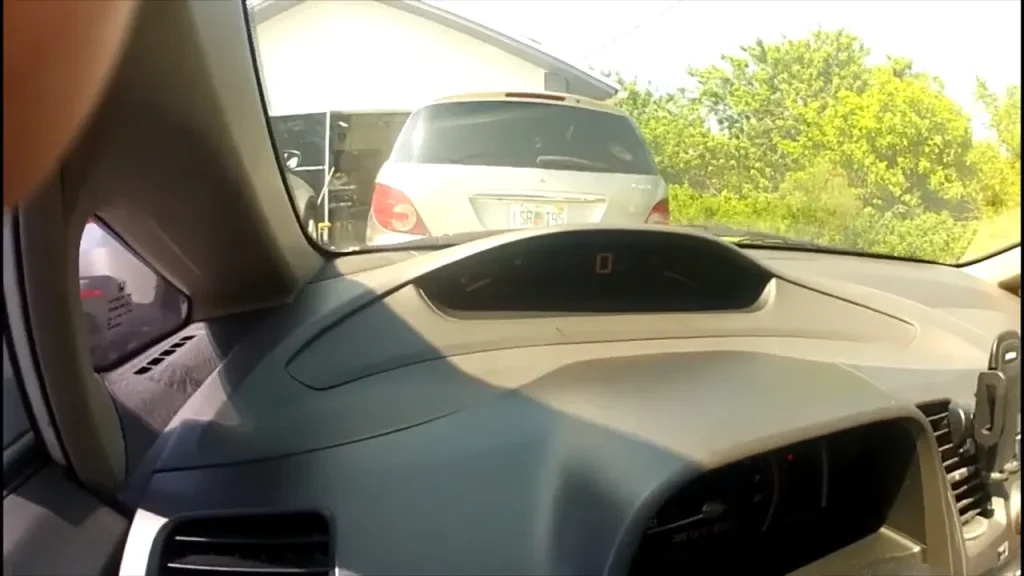
Why Does My Odometer Not Light Up?
If your odometer is not lighting up, there could be a few possible causes. Here are some common reasons why the odometer may not be illuminated:
Dimmer switch
Check if the dimmer switch for the instrument panel lights is turned off or set to a low brightness level. The dimmer switch allows you to adjust the brightness of the instrument panel lights, including the odometer. Locate the switch, usually located near the headlight control or on the dashboard, and ensure it is set to an appropriate brightness level.
Blown fuse
A blown fuse can cause the illumination for the odometer and instrument cluster lights to stop working. Check the fuse box and look for a fuse labeled for the instrument cluster or interior lights. If the fuse is blown, replace it with a new one of the same amperage rating.
Faulty bulbs
The bulbs that provide illumination to the odometer and instrument cluster lights may have burned out. In this case, you will need to access the instrument cluster and replace the faulty bulbs. The procedure for accessing and replacing the bulbs can vary depending on the vehicle make and model, so consult your vehicle’s manual or seek professional assistance.
Wiring issues
There may be a wiring problem, such as a loose or disconnected connector, damaged wire, or a faulty switch. Inspect the wiring connections behind the instrument cluster and ensure they are securely connected. If you notice any damaged wires or connectors, they may need to be repaired or replaced.
Instrument cluster malfunction
In some cases, the issue may be with the instrument cluster itself. If none of the above steps resolve the problem, it’s possible that there is an internal issue with the cluster that requires professional diagnosis and repair.

Can a Digital Odometer Be Repaired?
Yes, a digital odometer can be repaired in many cases. However, the exact repair process and feasibility depend on the specific issue causing the problem. Here are a few scenarios where a digital odometer repair may be possible:
1. Display malfunction:
If the digital display is not working or showing incorrect information, it may be possible to repair or replace the display module. This typically involves opening up the instrument cluster, identifying the faulty component, and replacing it with a compatible part.
2. Backlight failure:
If the backlight for the digital odometer is not functioning, the issue could be with the bulbs or LED lights that provide illumination. In this case, the faulty bulbs or LEDs can be replaced to restore the backlighting.
3. Wiring or connector issues:
Problems with the wiring or connectors leading to the digital odometer can cause it to malfunction. Repairing or replacing damaged wires or connectors can often solve the issue. This may require inspecting the wiring harness, locating the damaged components, and making the necessary repairs.

Can OBD2 Read the Odometer?
No, the OBD2 (On-Board Diagnostic) system cannot directly read or retrieve the odometer value from a vehicle. The OBD2 system primarily monitors and provides diagnostic information related to the vehicle’s emissions control systems and other engine-related parameters.
While the OBD2 system does not directly provide access to the odometer reading, it can be used to retrieve other relevant information that may indirectly relate to the vehicle’s mileage. For example, the OBD2 system can provide data on engine RPM, vehicle speed, and various sensor readings, which can be used to estimate the distance traveled by the vehicle.
However, it’s important to note that the OBD2 system was not specifically designed for tracking or retrieving odometer values. The primary purpose of the OBD2 system is to monitor the vehicle’s performance, emissions, and diagnose potential issues.
If you need to access or verify the odometer reading, it is best to refer to the vehicle’s instrument cluster or consult the manufacturer’s documentation for the specific procedure to retrieve the odometer value.
How Do I Know If My Digital Odometer Is Rolled Back?
Detecting if a digital odometer has been rolled back can be challenging, but there are a few signs you can look for to determine if it has been tampered with:
1. Inconsistent wear and tear
Compare the overall condition of the vehicle with the reported mileage. If the odometer shows a low mileage but the vehicle exhibits excessive wear and tear, such as worn-out seats, pedals, steering wheel, or significant signs of aging and use, it could be an indication of mileage manipulation.
2. Maintenance records
Review the maintenance and service records for the vehicle. Look for any discrepancies between the recorded mileage during previous service visits and the current odometer reading. Inconsistent or missing records can raise suspicions.
3. Service stickers
Check for service stickers or records on the vehicle that indicate mileage at specific service intervals. If these stickers show a significant discrepancy compared to the current odometer reading, it could suggest odometer tampering.
4. Vehicle history report
Obtain a comprehensive vehicle history report from a reputable provider. These reports may include information about previous ownership, reported mileage at different points in time, and any records of odometer discrepancies or tampering.
5. Professional inspection
If you suspect odometer rollback, consider getting a professional inspection from a trusted mechanic or a vehicle appraisal service. They can carefully inspect the vehicle for any signs of tampering or mismatched mileage indicators.
Where Is the Fuse for the Odometer Lights?
The specific location of the fuse for the odometer lights can vary depending on the make, model, and year of your vehicle. However, in most vehicles, the fuse for the instrument panel lights, which includes the illumination for the odometer, is typically located in the interior fuse box.
To locate the fuse box and the corresponding fuse, follow these general steps:
1. Consult your vehicle’s manual
The most reliable source of information regarding the fuse locations in your vehicle is the owner’s manual. It should provide you with a diagram or description of the fuse box’s location and the fuse assignments.
2. Find the interior fuse box
The interior fuse box is usually located beneath the dashboard on the driver’s side or in the footwell area. Look for a removable panel that covers the fuse box.
3. Identify the instrument panel or interior lights fuse
Once you’ve located the interior fuse box, refer to the fuse box cover or your vehicle’s manual to find the fuse labeled for the instrument panel lights, interior lights, or similar description. It may be numbered or labeled with abbreviations like “IP” or “ILLUM.”
4. Replace the fuse if necessary
If the fuse is blown, replace it with a new fuse of the same amperage rating. Use the fuse puller tool or your fingers to carefully remove the blown fuse and insert the new one in its place. Make sure the replacement fuse is properly seated.
Does a Broken Speedometer Affect the Odometer?
In most vehicles, a broken speedometer does not directly affect the odometer. The speedometer and odometer are separate components within the instrument cluster, and while they are connected, a malfunctioning speedometer should not impact the accuracy of the odometer reading.
The speedometer measures and displays the current speed of the vehicle, while the odometer keeps track of the total distance traveled by the vehicle. The odometer typically receives its input from a separate sensor or module that tracks the vehicle’s movement independently of the speedometer.
However, it’s important to note that some vehicles may have integrated systems where the speedometer and odometer share information. In such cases, a malfunctioning speedometer could potentially affect the accuracy of the odometer reading.
It would be best to consult your vehicle’s manual or seek professional assistance to understand the specific design and functionality of your vehicle’s instrument cluster.
If you suspect that your odometer reading is being affected by a broken speedometer, it is recommended to have the issue diagnosed and repaired by a qualified mechanic or an authorized service center. They will be able to assess the problem accurately and provide the necessary repairs to ensure both the speedometer and odometer are functioning correctly.
How Does a Digital Odometer Work?
A digital odometer, also known as an electronic odometer, uses electronic components to measure and display the distance traveled by a vehicle. Here is a general overview of how a digital odometer works:
1. Sensor input
The digital odometer receives input from a vehicle speed sensor (VSS) or another sensor that measures the rotational speed of a component, such as the transmission output shaft or wheel speed sensors.
2. Signal processing
The sensor generates electrical signals as the vehicle moves, which are then processed by the vehicle’s electronic control unit (ECU) or instrument cluster. The ECU or instrument cluster converts these signals into a digital format for further calculations.
3. Distance calculation
The ECU or instrument cluster continuously monitors the signals from the sensor and calculates the distance traveled based on the number of signal pulses received. Each pulse corresponds to a certain distance, typically based on the vehicle’s gear ratios, tire size, and other factors.
4. Display
The calculated distance is then displayed on the digital screen of the instrument cluster. The display may show the total mileage, trip mileage, or other information related to distance traveled, depending on the specific features of the vehicle.
Digital odometers provide precise and accurate readings, and they often offer additional features such as trip meters, fuel economy displays, and maintenance reminders. The electronic nature of digital odometers also allows for better integration with other vehicle systems, such as the engine control module (ECM) or vehicle diagnostics systems.
- Why Are My Car Headlights Not Bright Enough? - May 9, 2024
- How Long Can You Drive With An EVAP Leak? - May 9, 2024
- What Does B Stand for in a Car? [Full Guide] - May 9, 2024

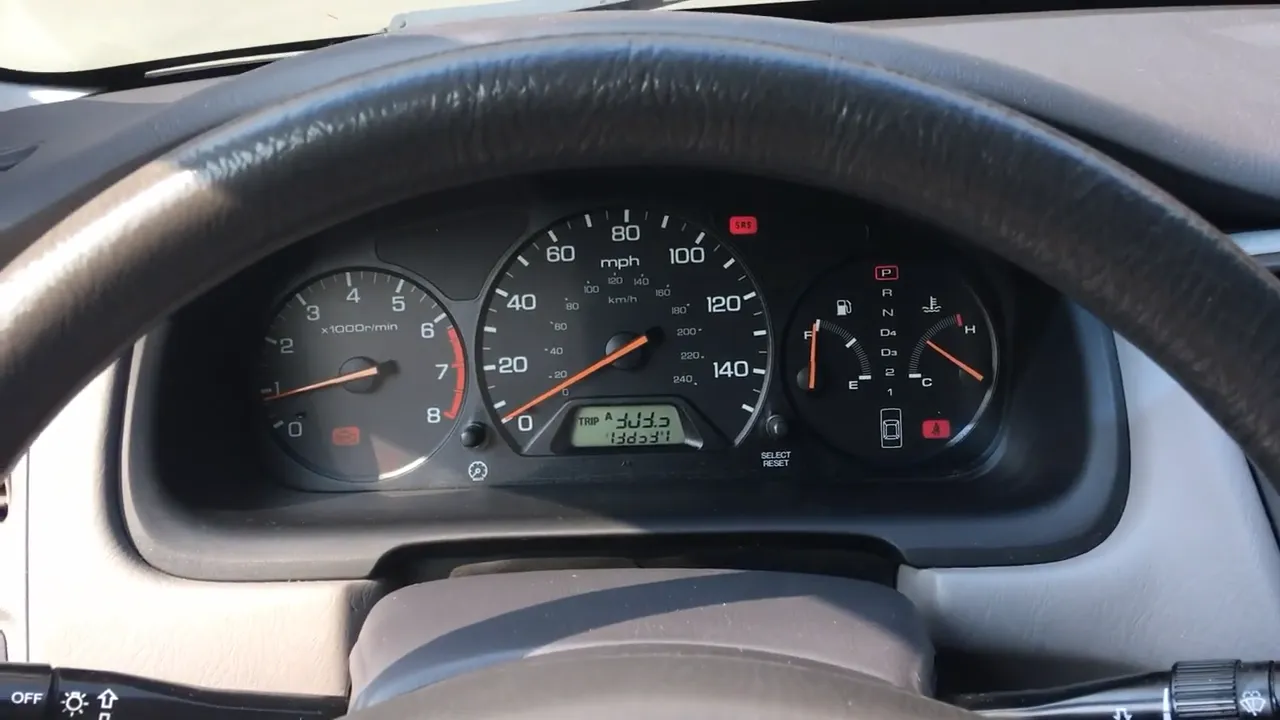

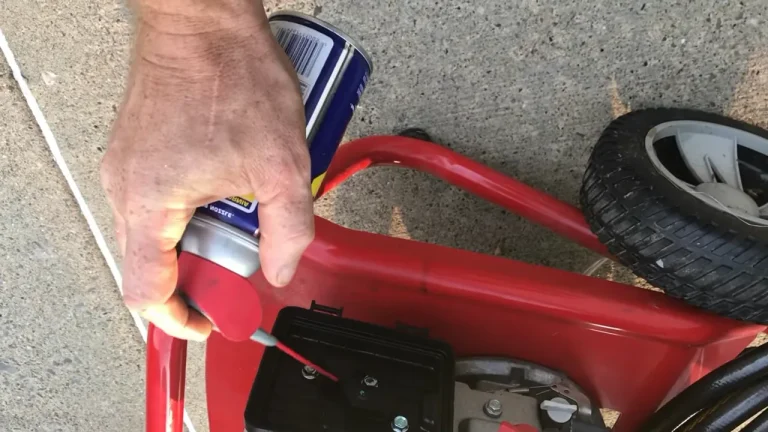
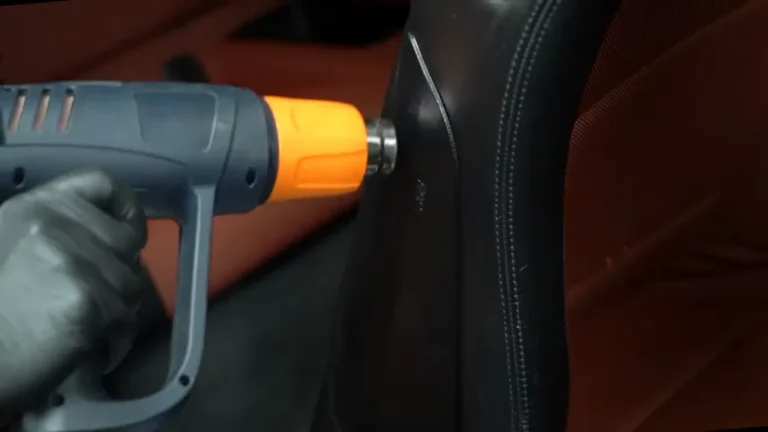

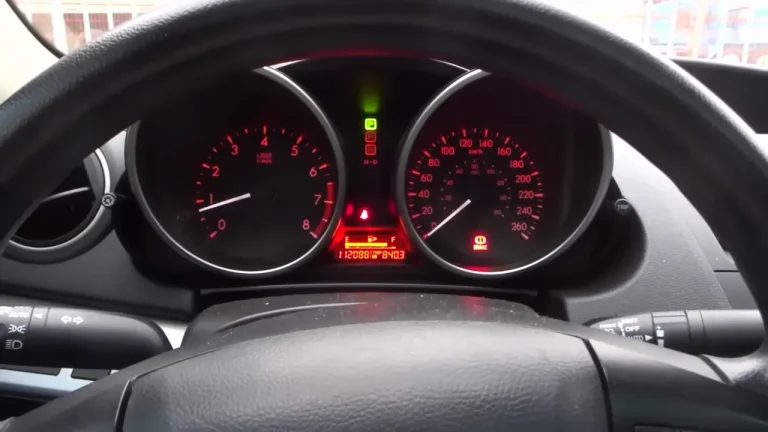
![How to Avoid Getting Pulled Over With a Suspended License? [2024]](https://automhelp.com/wp-content/uploads/2023/12/USA-Driving-Test-Training-for-Indian-Students_000000780-768x432.webp)